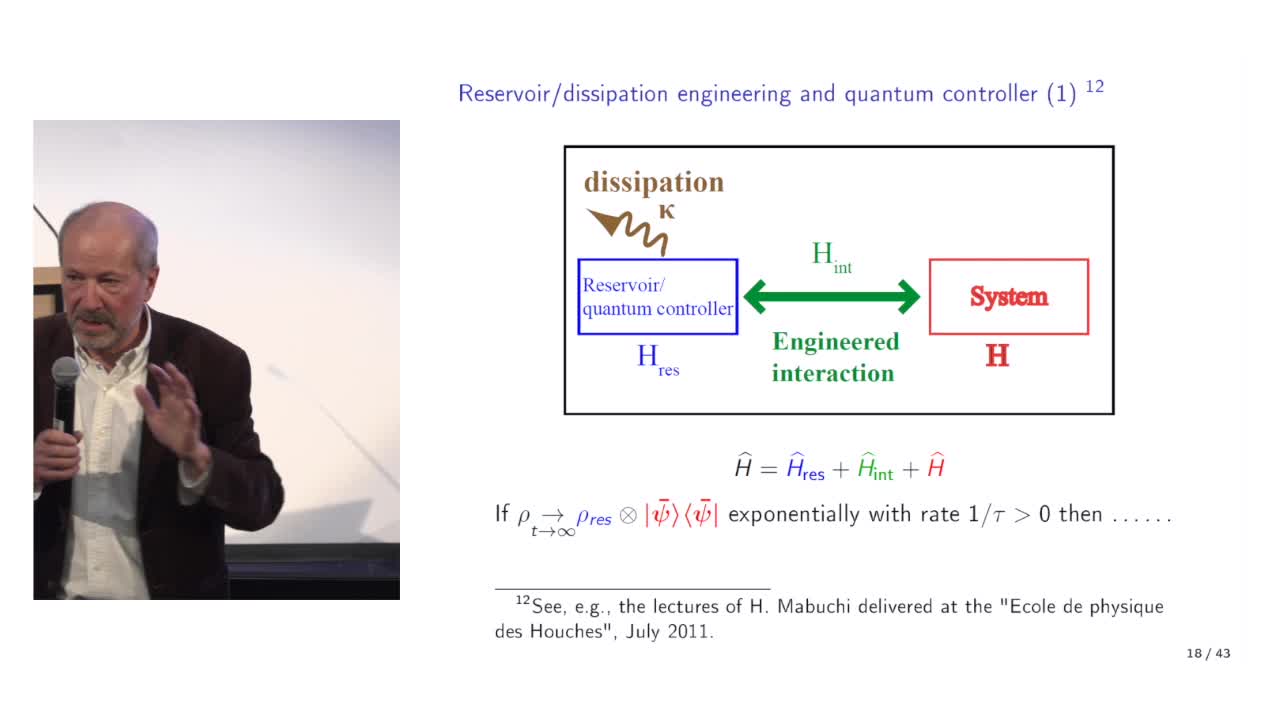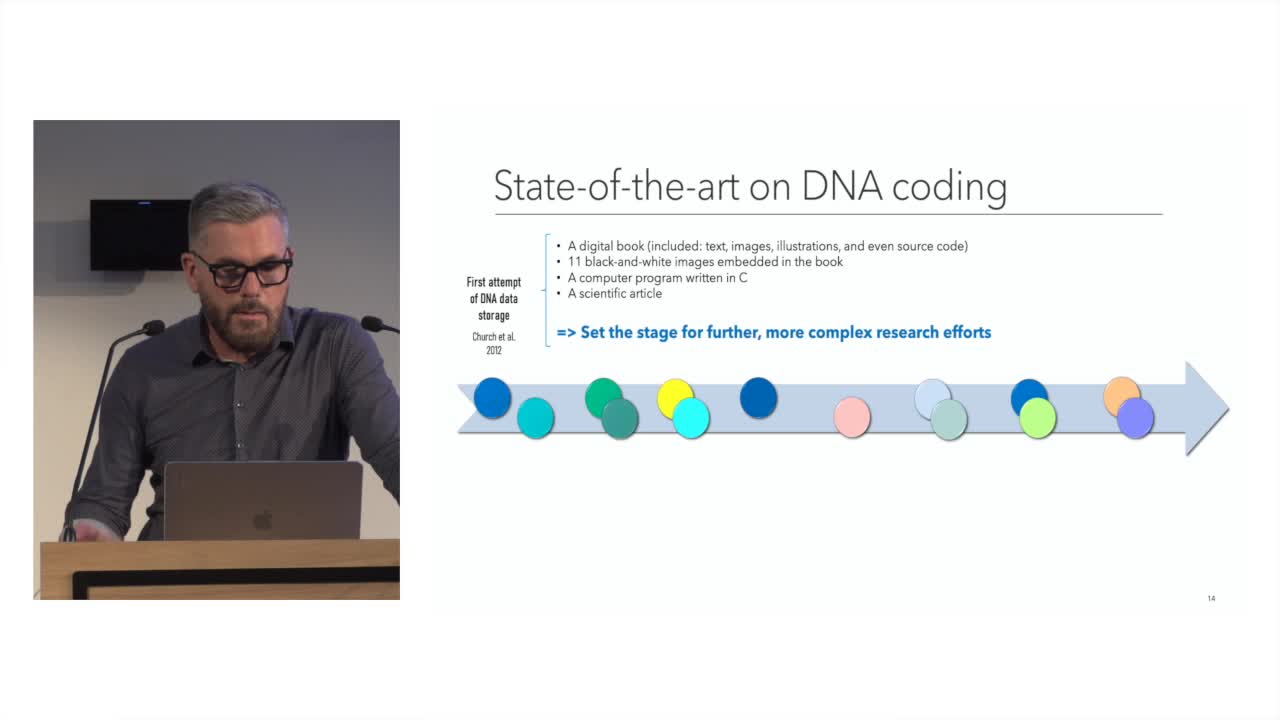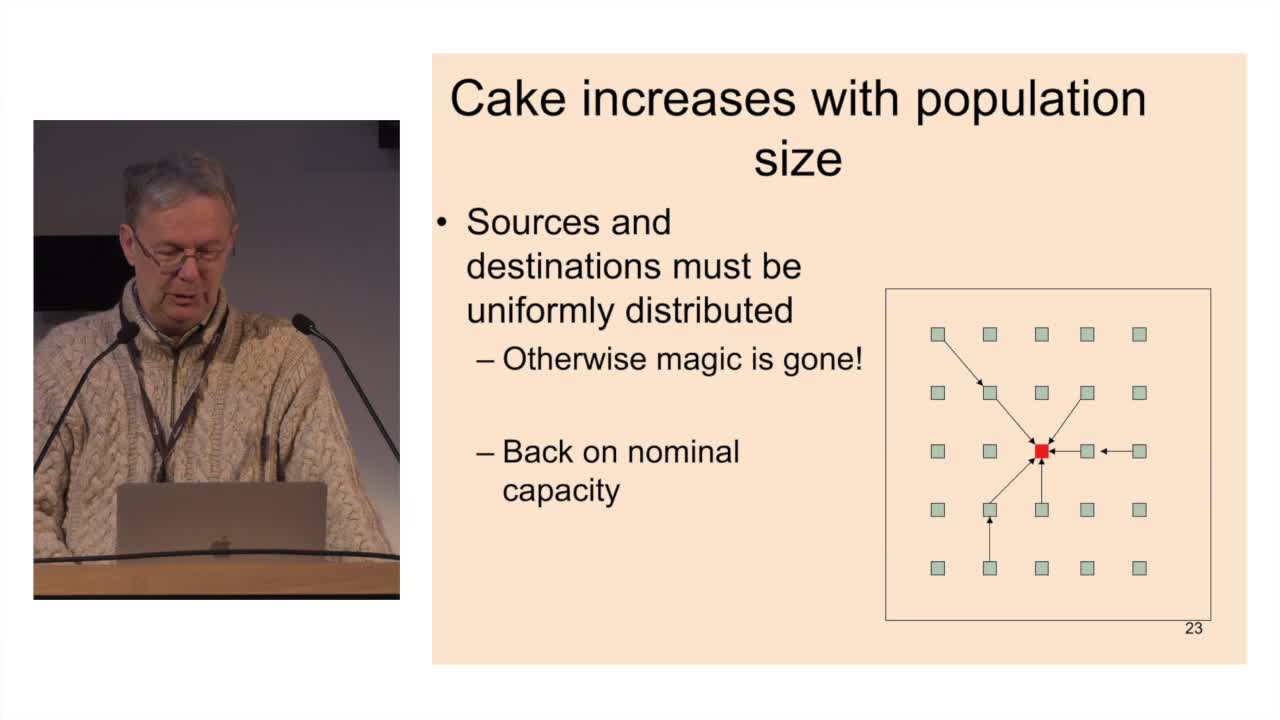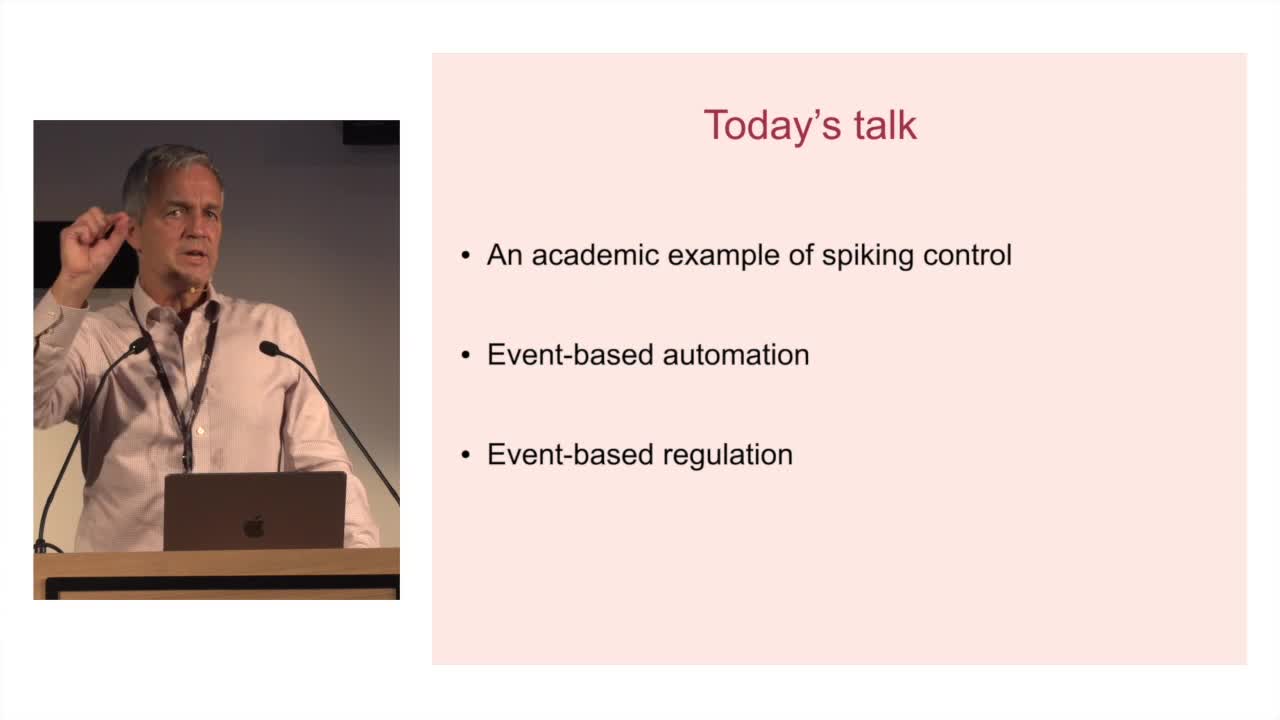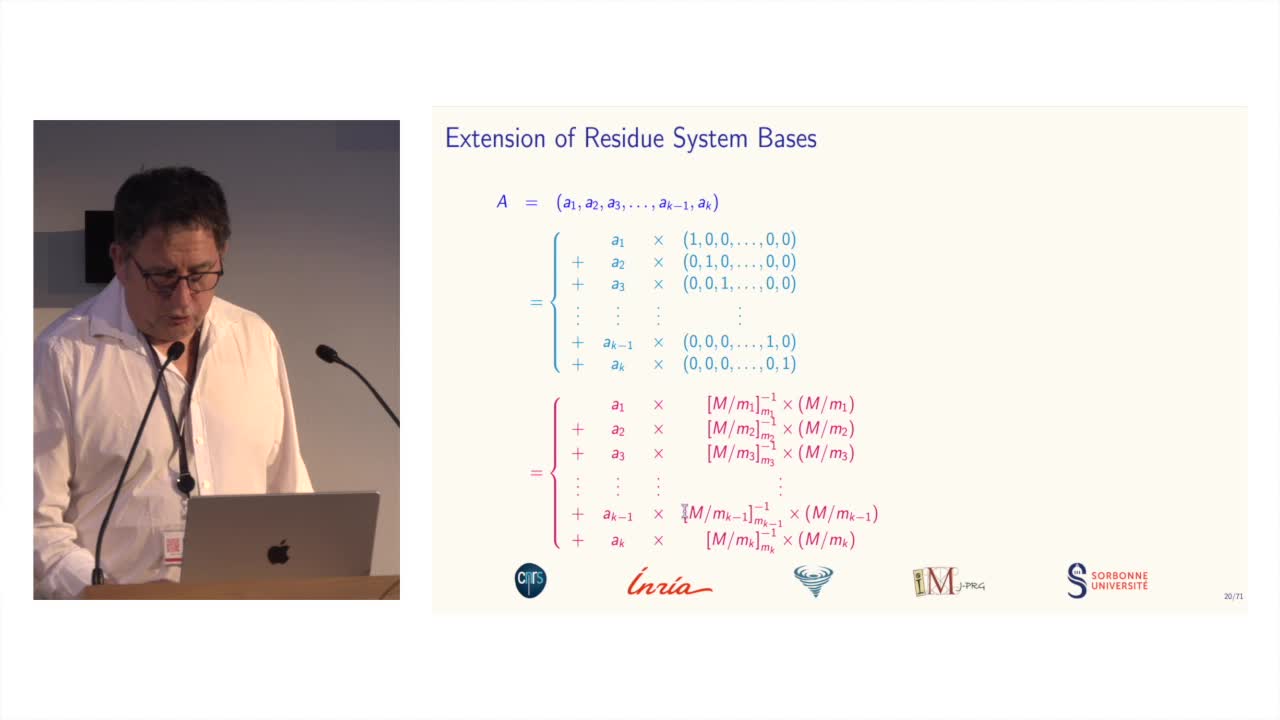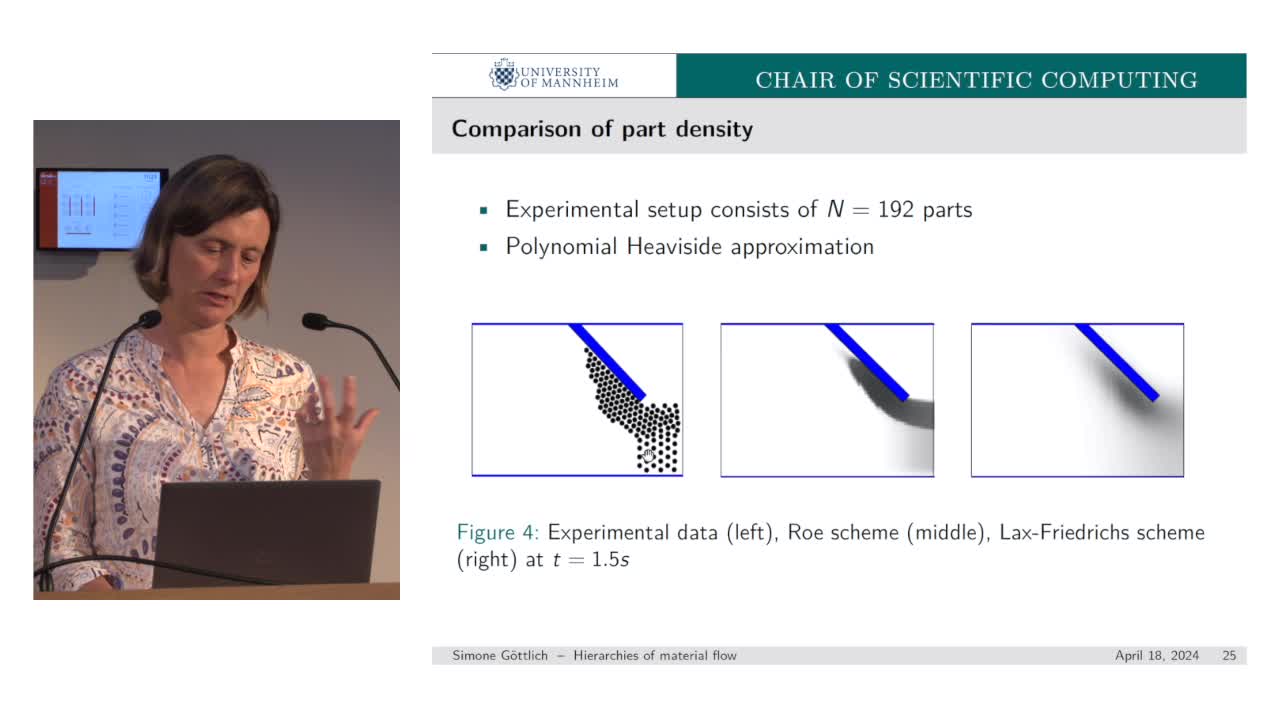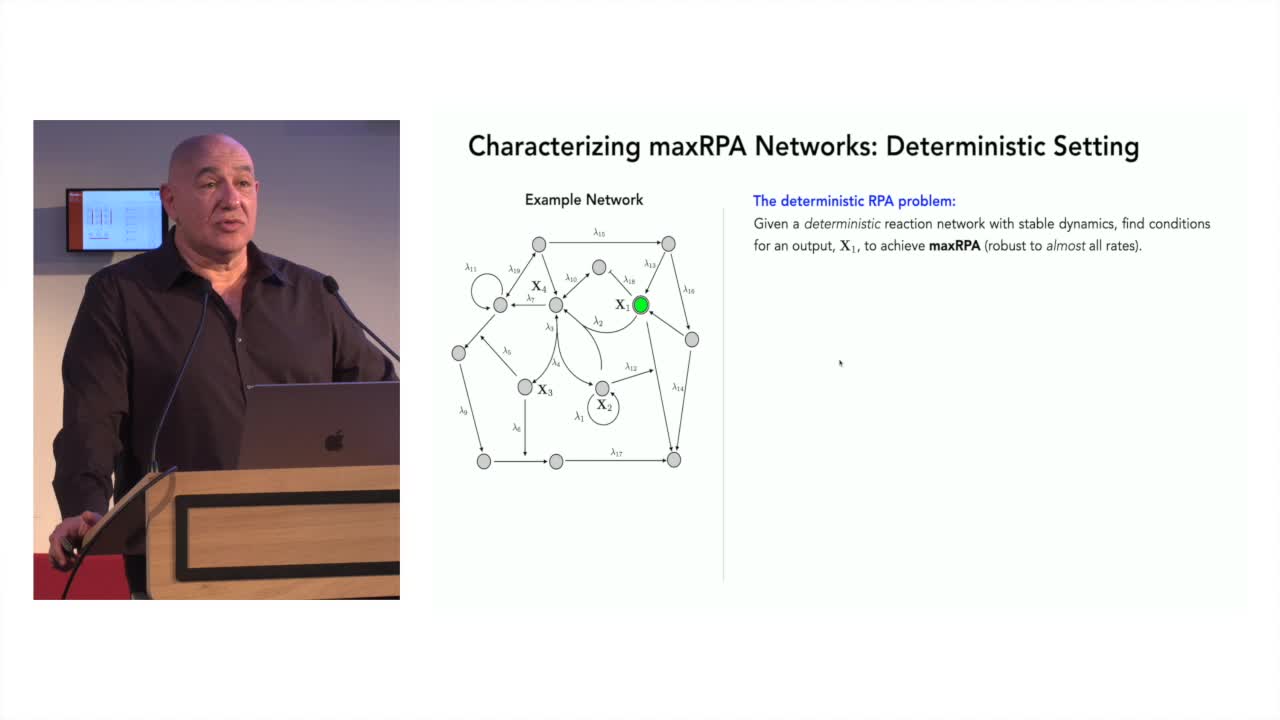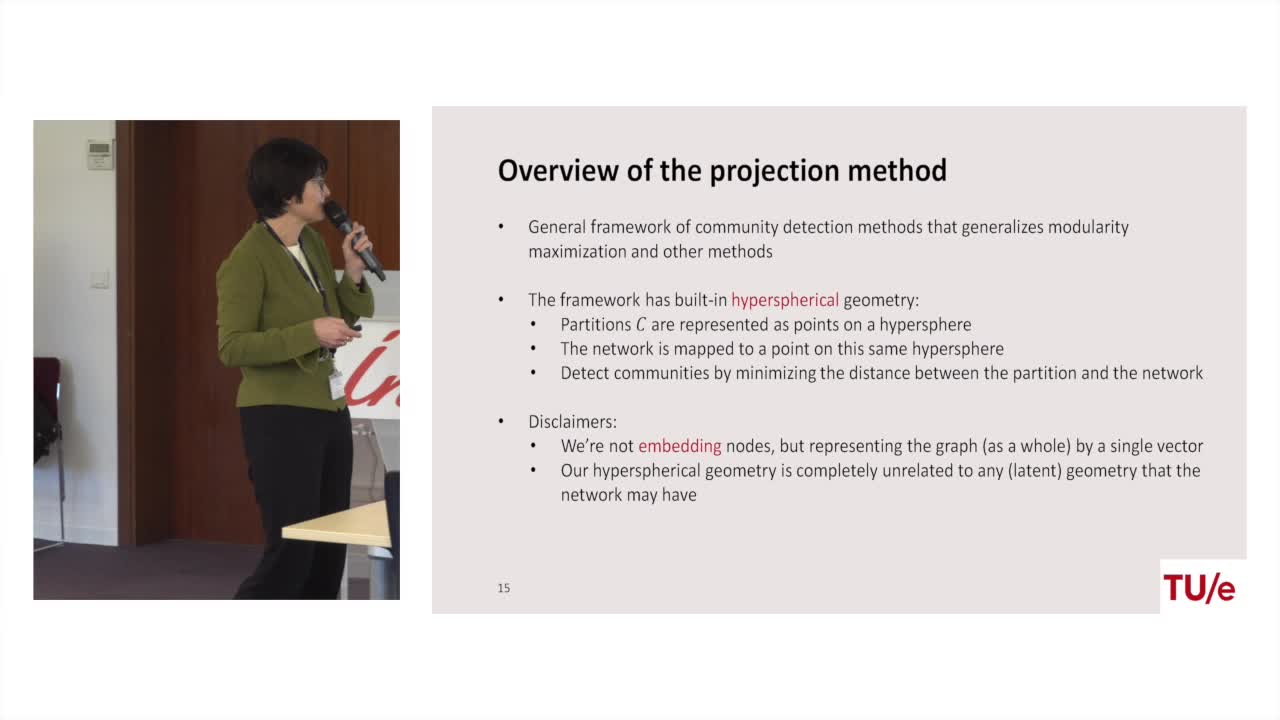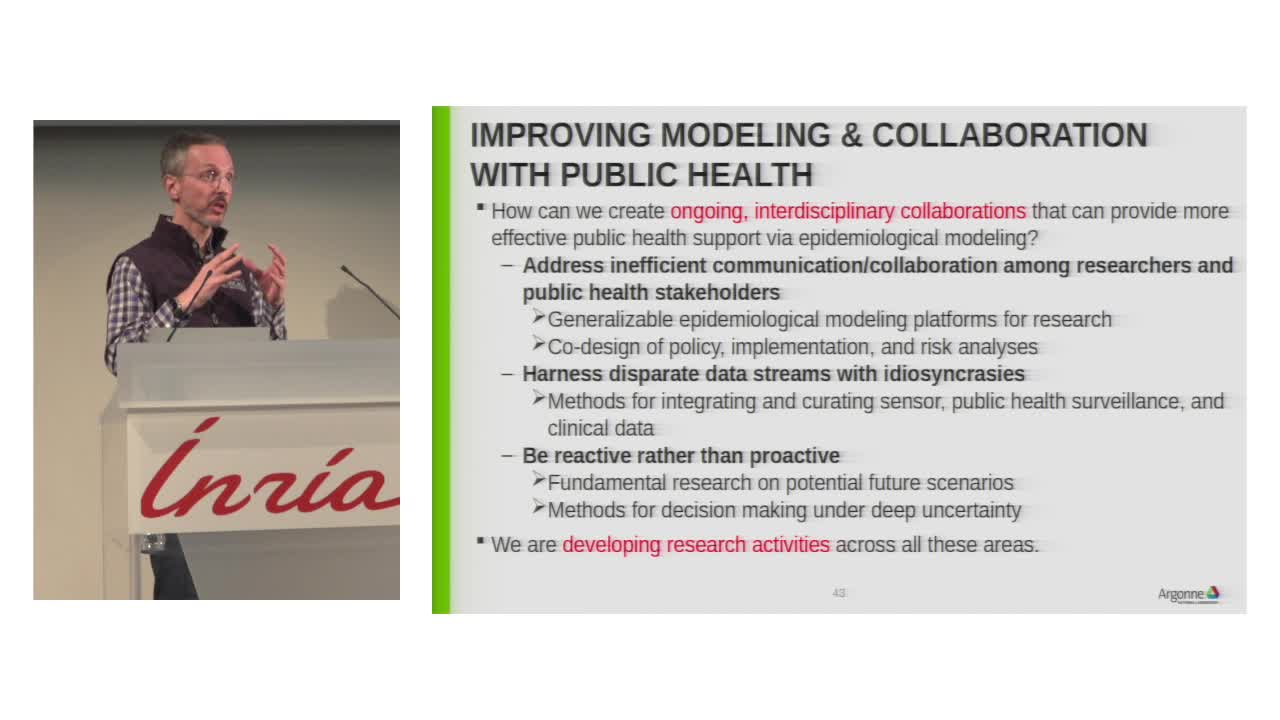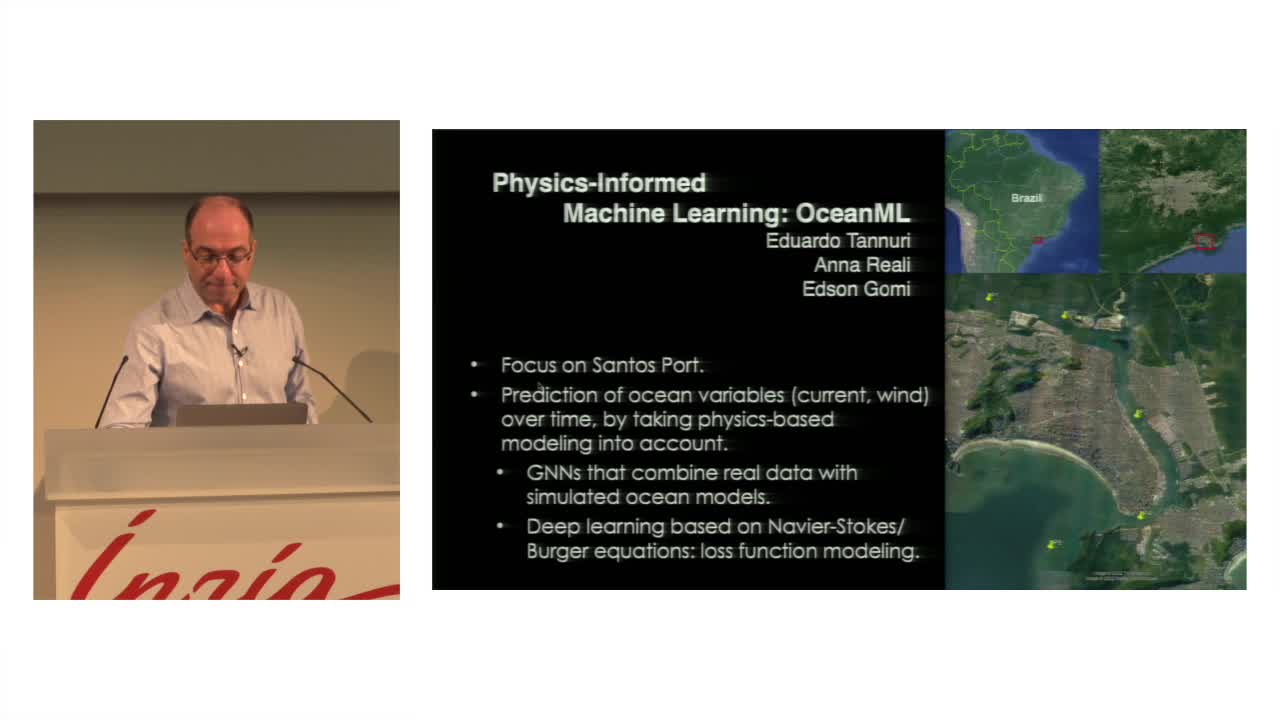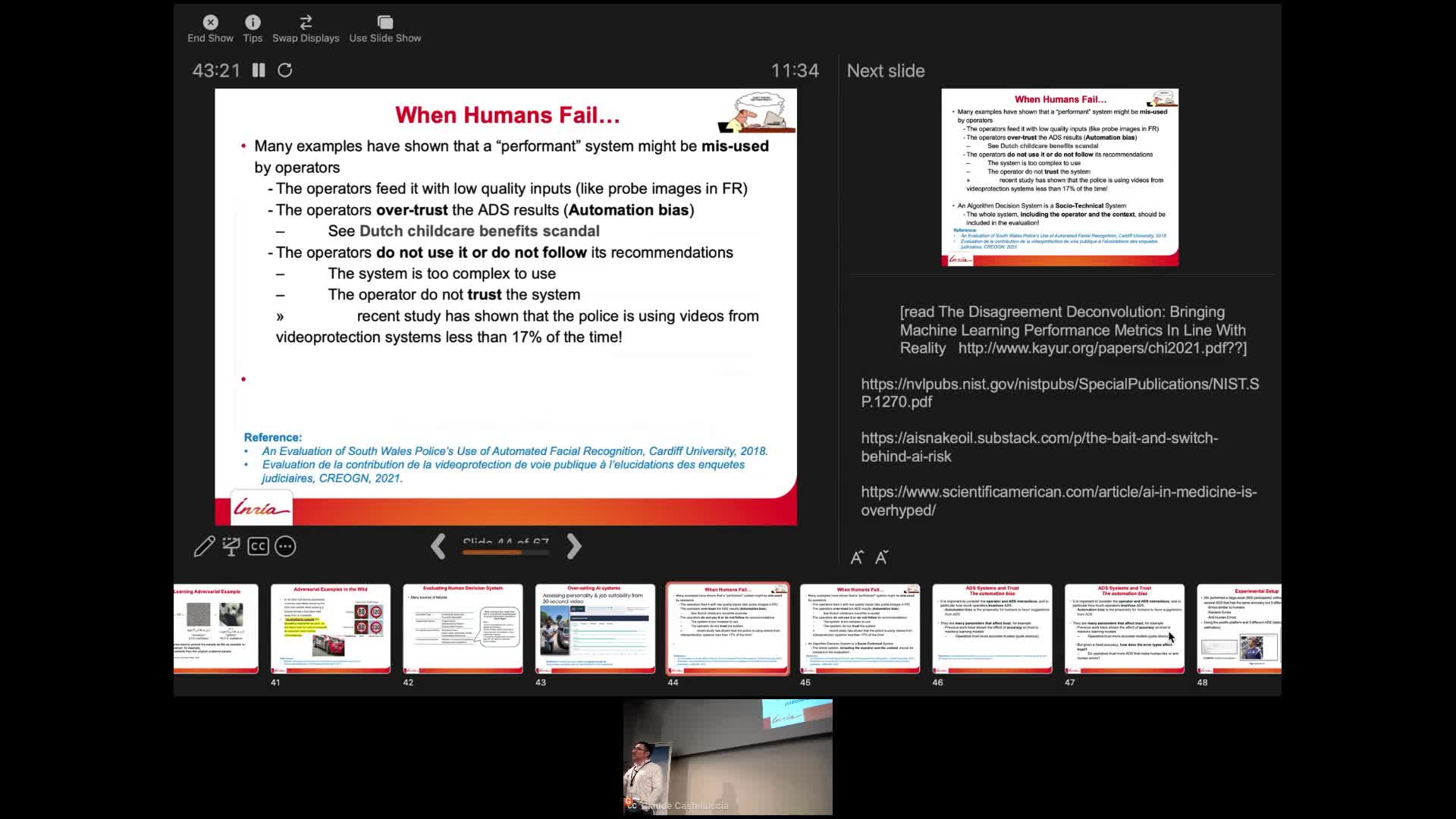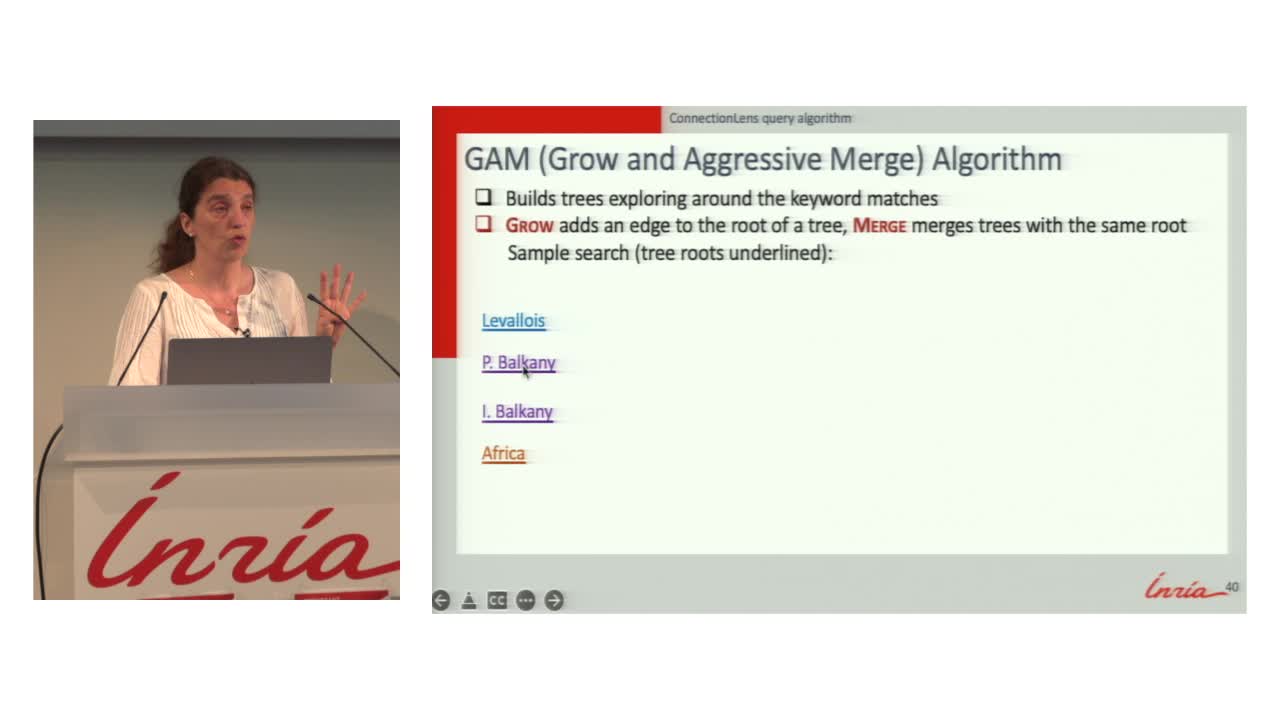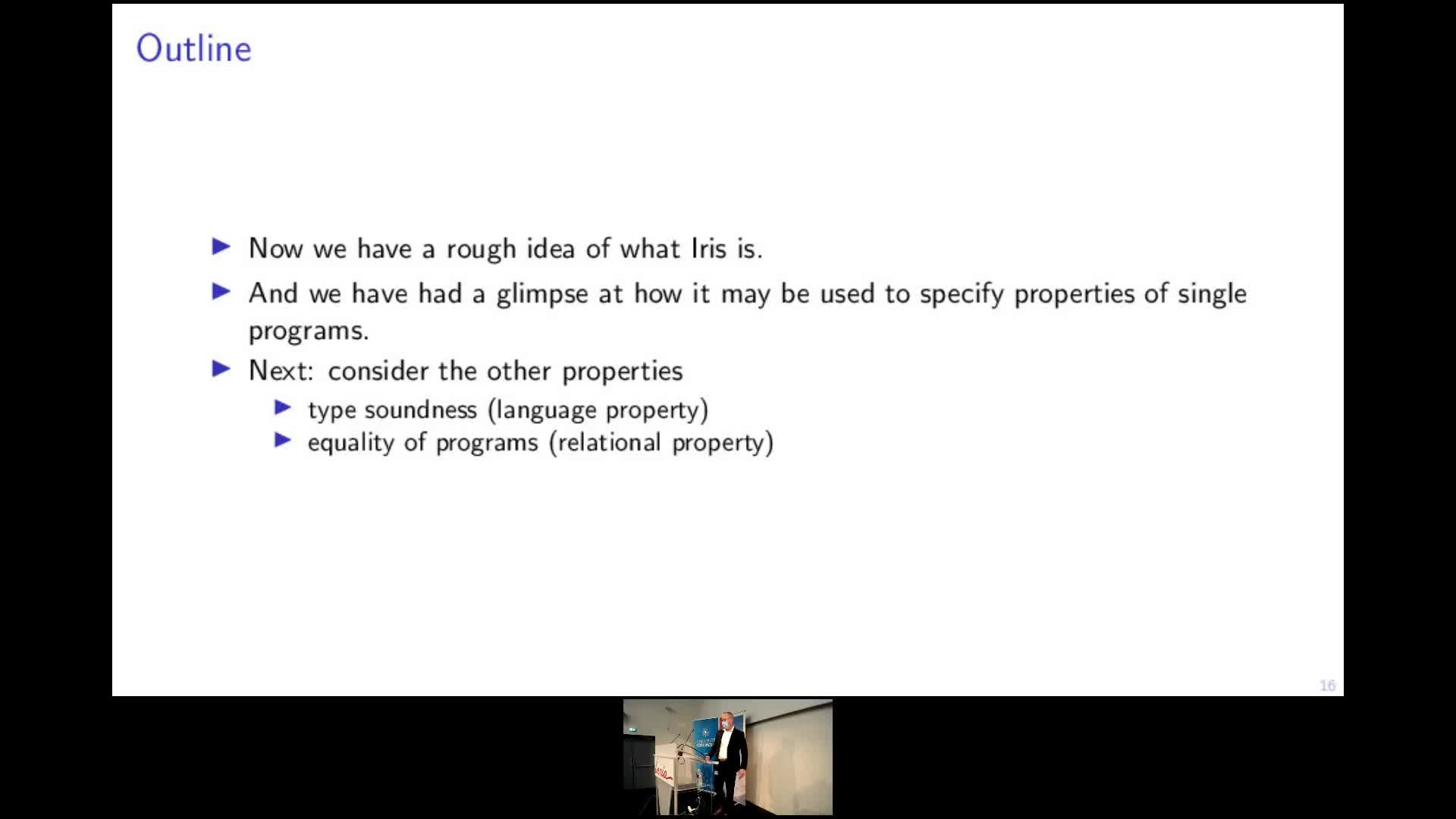Conférence
Colloquium Jacques Morgenstern
83 Conférences
Quantum feedback engineering, bosonic codes and quantum error correction, by Pierre Rouchon (Mines …
Quantum error correction relies on a feedback loop. This feedback generally corresponds to a classical controller. Quantum error correction can also exploit the dissipation associated with the
Storing Digital Data on Synthetic DNA: State of the Art and Open Challenges
The amount of digital data generated worldwide is continuously growing at an unprecedented rate: 90% of all existing data has been created in the last two years alone.
Angela Dai – 3D in a Large-Data World
Recent advances in machine learning have shown remarkable progress in the 2D and video domain, fueled by very large-scale data and compute. 3D, however, which is critical for applications spanning
Les paradoxes de performance des réseaux sans fil dus aux contraintes physiques
Les réseaux sans fil sont l'incarnation la plus intéressante des technologies de télécommunication. Ils sont les plus influencés par la physique de l'espace et du temps.
Spiking Control Systems
Spikes and rhythms organize control and communication in the animal world, in contrast to the bits and clocks of digital technology. As continuous-time signals that can be counted, spikes have a mixed
Des systèmes de numération pour le calcul modulaire
Le calcul modulaire est utilisé dans de nombreuses applications des mathématiques...
A multi-scale model hierarchy for material flow problems
The material flow problems under consideration are inspired by real experiments and allow for a multi-scale model hierarchy description.
Designing and Building Adaptive Genetic Control Systems
Adaptation is a recurring theme in biology, offering vital survival mechanisms in dynamic environments through precise regulation of physiological variables. This talk dives into the intriguing
Projection methods for community detection in complex networks
Community detection is one of most prominent tasks in the analysis of complex networks such as social networks, biological networks, and the world wide web. A community is loosely defined as a group
Graph Similarity
Graph similarity is the basis for many graph and network analyzing tasks.We will discuss similarity concepts for graphs that are relevant for analysis tasks on graph data sets. These include graph
Integrating Simulation, Machine Learning, and High-performance Computing to Support Public Health D…
Integrating Simulation, Machine Learning, and High-performance Computing to Support Public Health Decision Making
Research in Knowledge-Enhanced Machine Learning at the Center for Artificial Intelligence (C4AI)
Research in Knowledge-Enhanced Machine Learning at the Center for Artificial Intelligence (C4AI)
Information Structures for Privacy and Fairness
Information Structures for Privacy and Fairness
AI and Human Decision-Making: An Interdisciplinary Perspective
This seminar will talk about some of the privacy risks of these systems and will describe some recent attacks. It will also discuss why they sometimes fail to deliver. Finally, we will also show that
Statistical Learning Theory for Modern Machine Learning
Statistical Learning Theory for Modern Machine Learning
Teasing journalistic findings out of heterogeneous sources: a data/AI journey
Freedom of the press is under threat worldwide, and the quality of information that people have access to is dangerously degraded, under the joint threat of non-democratic governments and fake
An Introduction to Iris: Higher-Order Concurrent Separation Logic
Modern programming languages such as Java, Scala, and Rust are examples of concurrent higher-order imperative programming languages.
Opinion polarization and network segregation. Modelling a complex Relationship
Recently, many societies seem to shift towards more polarization and volatility in opinions, for example in attitudes about immigration, climate policy, or the best policy response to Covid-19. A
Opinion polarization and network segregation. Modelling a complex Relationship
Recently, many societies seem to shift towards more polarization and volatility in opinions, for example in attitudes about immigration, climate policy, or the best policy response to Covid-19. A
21 Molecular Algorithms Using Reprogrammable DNA Self-Assembly
The history of computing tells us that computers can be made of almost anything: silicon, gears and levers, neurons, flowing water, interacting particles or even light. Although lithographically
Topological insights in neuroscience
Over the past decade, and particularly over the past five years, research at the interface of topology and neuroscience has grown remarkably fast. Topology has, for example, been successfully applied
How to build quality software: the Eiffel experience
With society’s growing reliance on IT systems, the ability to write high-quality software is ever more critical. While a posteriori verification techniques have their role, there is no substitute for
Self-Supervised Visual Learning and Synthesis
Computer vision has made impressive gains through the use of deep learning models, trained with large-scale labeled data. However, labels require expertise and curation and are expensive to collect.
Theoretical Foundations for Runtime Monitoring
Runtime monitoring/verification is a lightweight technique that complements other verification methods in a multi-pronged approach towards ensuring software correctness. The technique poses novel
The Legacy of Rudolph Kalman
In 1960 Rudolph Kalman published what is arguably the first paper to develop a systematic, principled approach to the use of data to improve the predictive capability of mathematical models. As our
Reasoning over large-scale biological systems with heterogeneous and incomplete data
Data produced by the domain of life sciences in the next decade are expected to be highly challenging. In addition to scalability issues which are shared with other applications domains, data produced
The quest for long-lived quantum bit
The field of quantum information processing (quantum computation and quantum communication) has grown considerably in recent decades. Numerous proof-of-principle experiments on small-scale quantum
Majority judgment: a new voting method
The traditional theory of social choice offers no acceptable solution to the problems of how to elect, to judge, or to rank. The classical model —transforming the “preference lists” of
Les premiers photons : les saisir, les faire parler
La collaboration « Planck » de l’Agence Spatiale Européenne a récemment publié une carte plein-ciel du rayonnement fossile cosmologique. Cette image est presque littéralement une « photo
Knowledge transfer and human-machine collaboration for training object class detector
Object class detection is a central area of computer vision. It requires recognizing and localizing all objects of predefined set of classes in an image. Detectors are usually trained under


